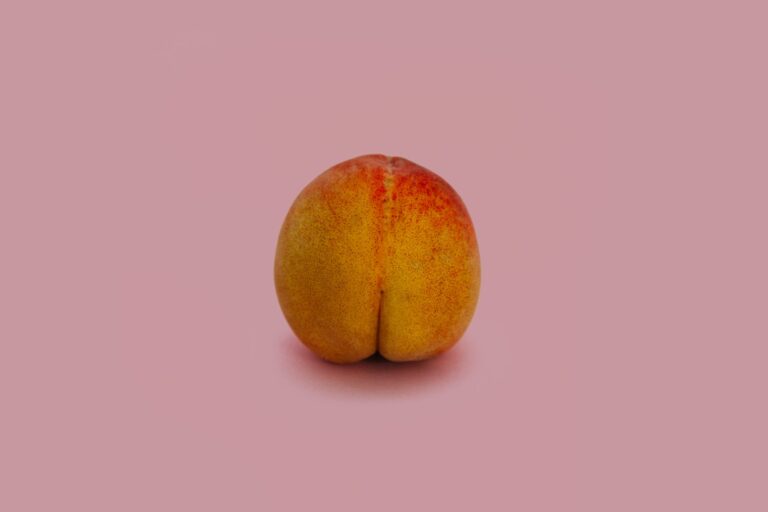Your anal canal makes up the last few centimeters of your large intestine. It catches waste while you defecate and stores it until it’s ready to be released.
The lining of the anal canal is made of simple columnar epithelium above the pectinate line. Below this line, the mucosa changes to skin-like ectodermal tissue (the transitional zone). The anal canal is innervated by autonomic nervous impulses from branches of the pudendal nerve.
The Anal Canal
The anal canal is a tube at the end of your rectum that your poo (stool) passes through when you go to the bathroom to empty your bowel. It’s about 4 cm long and is part of your digestive tract. The anal canal is surrounded by muscles (anal sphincters) that relax to allow waste to leave the body when you need to go to the toilet.
Embryologically, the anal canal is divided by the pectinate line (also called the dentate line), which marks a transition from the intestinal mucosa of the proctodeum to the skinlike tissue of the anus. It demarcates the superior two-thirds of the anal canal from the inferior one-third, and thus explains differences in arterial supply, venous drainage, lymphatic drainage, and innervation between the different segments.
The superior anal canal receives visceral innervation via the inferior hypogastric plexus and is sensitive to pain, temperature, touch and pressure. This helps control the internal anal sphincter, facilitating fecal continence by sensing a distended bowel and triggering an inhibitory reflex. However, the anal canal may become swollen and distended due to constipation or straining when defecating, leading to haemorrhoids. These vascular cushions can be painful and itchy. In addition, they are susceptible to infection. However, in the vast majority of cases, the underlying anal sphincter remains intact and healthy.
The Rectal Canal
The anal canal, also known as the rectum, is the final part of your large intestine. It is 2.5 to 4 cm long and is directed downwards and backwards. It is surrounded by inner involuntary and outer voluntary sphincters which keep the lumen closed when it is not emptying.
The upper portion of the anal canal is endodermally derived and lined with columnar epithelium and below it is ectodermally derived, lining it with stratified squamous epithelium. The lining is insensitive to cutting and hence called the pectinate line (also known as dentate line). It demarcates the superior two-thirds of the anal canal from the inferior one-third. It also serves as a key embryologic landmark that explains the differing arterial supply, venous drainage, lymphatic drainage and nervous supply of these two segments.
The anal canal has a transition zone along its internal surface which is composed of a zig-zagging line of longitudinal folds (anal columns) and ends in small folds that are filled with mucus secreting glands. These anal columns together form the anal valves that open during defecation to let fecal matter through them. These anal valves, along with the anal ridge that surrounds them, help prevent hemorrhoids. Hemorrhoids are engorgement of blood vessels in the anal canal, which can be caused by constipation, sitting for prolonged periods on toilet, heavy lifting, pregnancy and anal intercourse.
The Upper Anal Canal
The anal canal is a tube at the end of your rectum (bottom section of the large intestine). It allows stool to leave the body during defecation. The canal has inner involuntary and outer voluntary sphincters to control evacuation of stool.
The upper part of the anal canal has folds of mucous membrane called rectal columns (also known as anal sinuses) that lead to smaller sphincter-like grooves. At the distal end of the anal canal, these anal valves open into a dentate line or pectinate line, a serrated line where the mucous lining transitions to skin-like ectodermal tissue.
This area is sensitive to pain, heat and touch. It can also be affected by raised intra-abdominal pressure. This can cause swollen blood vessels to form in the anal canal. These swollen blood vessels are called haemorrhoids, and they are painful to touch and are itchy.
The anal canal is supplied by the inferior rectal artery, which originates in the pelvic diaphragm and is partly extra-pelvic. The artery passes through the levator ani muscle, obturator fascia and the ischiorectal fossa. The paired pyramidal ischioanal fossae communicate with each other behind the anal canal and in front of it are, in males, the seminal vesicles, prostate and urethra; and, in females, the vagina and cervix. All these structures are separated by a thick, fibrous layer of muscular and muscular tissue, called the perineal body.
The Lower Anal Canal
The lower anal canal is a tubular structure that extends to the anus. It is shaped like a horseshoe and consists of two segments that are separated by an anal sphincter. This canal is different from the rectum in several ways including inner and outer constrictive muscles to control evacuation of feces. It is also lined by a non-keratinized stratified epithelium that blends into the perianal skin.
Unlike the mucous membrane in the rest of the large intestine, the anal canal is rich in glands and produces fluid to help move feces through the colon. However, this area is prone to enlargement of blood vessels and this can cause hemorrhoids.
In the upper part of the anal canal are a series of longitudinal folds of tunica mucosa called rectal columns. These columns end in small valve-like structures called anal valves. The upper portion of the anal canal is surrounded by 5 to 10 rectal veins that are a branch of the inferior mesenteric artery. The anal sphincter and the internal anal sphincter are supplied by this blood vessel.
Below the anal sphincter, the internal anal canal is lined with a non-keratinized stratified squamous epithelium that transforms into normal skin at the anocutaneous line or dentate line. This is where the lower margin of the internal anal sphincter and the beginning of the external skin join. This area is also surrounded by a circular muscle layer and an outer longitudinal smooth muscle that are sensitive to pain, temperature and pressure.
See Also:


